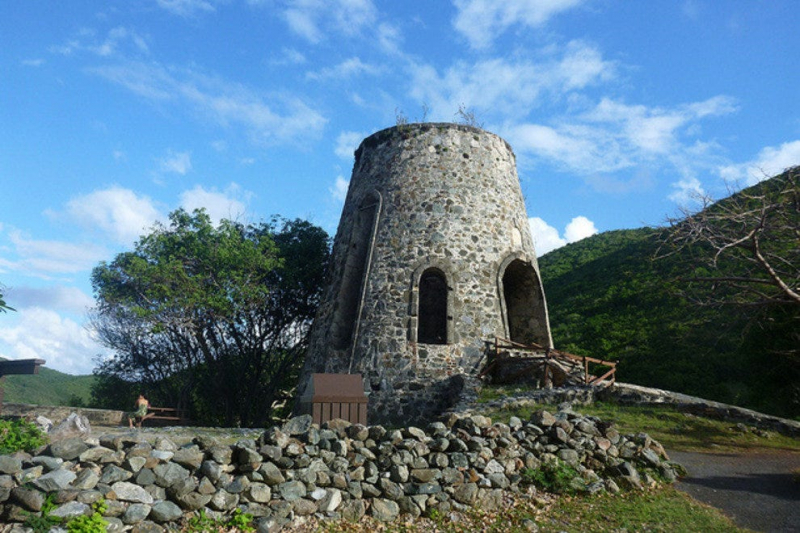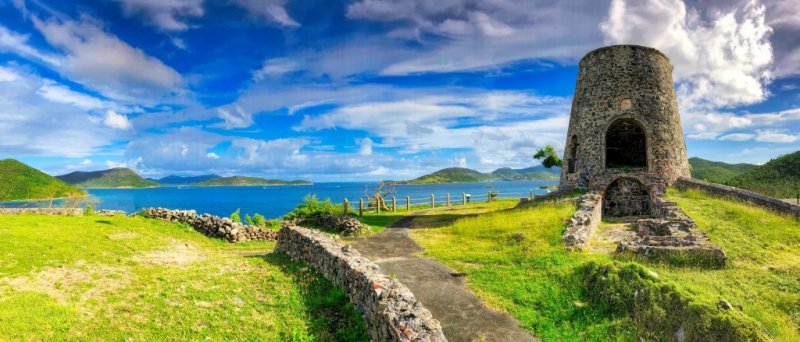Annaberg Plantation
Danish colonists founded Annaberg Plantation in the late 1700s. Enslaved workers grew sugar cane on 1,300 acres and produced 100,000 tons of sugar per year. Molasses and rum were also produced on the premises. Today, visitors to Annaberg can learn more about the plantation's role in the African slave trade as well as how its goods were produced. Although the plantation and mill are in a state of disrepair, some areas have been restored. You'll be able to see the quarters of the enslaved people, their work sites, and the guardhouse that kept them from fleeing. Depending on the day, you might be able to see a basket weaving or bread baking demonstration.
The ruins were well-liked by visitors. Visitors were particularly fond of the knowledgeable employees, as well as the ruins and the spectacular views from the site. They also cautioned that people with mobility issues may have difficulty navigating some of the steps on the property.
The Virgin Islands National Park Service manages the Annaberg Historic District, which includes the plantation. It's in the Virgin Islands National Park's northern section. From 8:30 a.m. to 4:30 p.m., the park's visitor center is open. Access to the site is free, according to recent visitors, though ranger-led tours may cost money. Visit the national park's website for more information.
- Location: Leinster Bay Rd
- Price & Hours: Free-8:30 a.m.-4:30 p.m.
- Details: Museums, Free, Sightseeing TYPE,1 to 2 hours TIME TO SPEND












